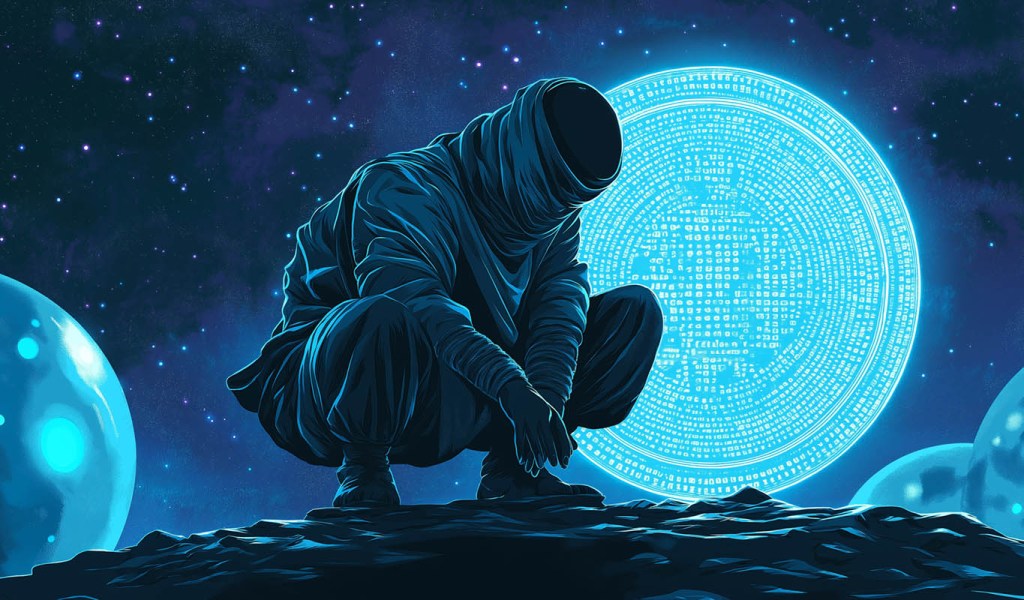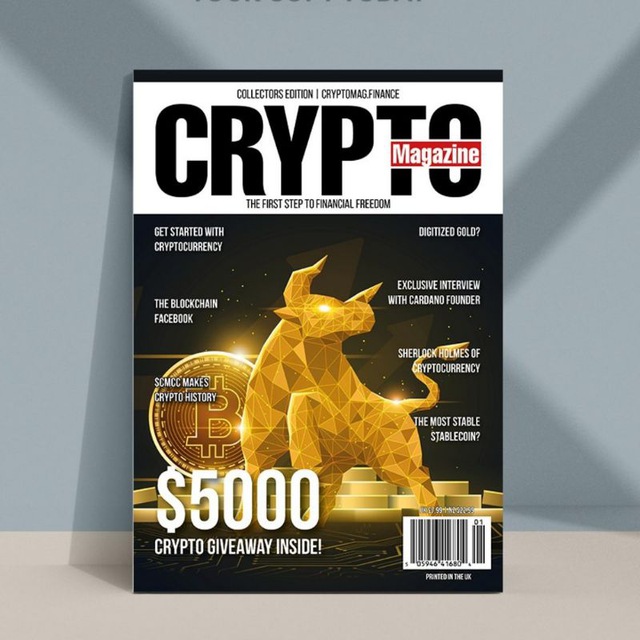
HodlX Guest Post Submit Your Post
The combination of established finance and blockchain technology opens up different opportunities for asset ownership, liquidity and worldwide access.
The economic environment is experiencing a paradigm shift as the migration of RWAs (real-world assets) onto blockchain networks is exemplified by creating digital representations of real, tangible value, including the ability to be traded, fractioned and accessed worldwide.
This transition is not a mere case of technological innovation. Still, it can be considered a recasting of our worldview of ownership, liquidity and financial inclusion in this digital era.
The tokenization revolution gains momentum
Real estate asset tokenization has progressed from a speculative idea to a multi-billion-dollar global capability.
Among the over $250 billion of tokenized assets, Ethereum holds about 55% of the market share and settles itself as the leading infrastructural platform of this digital transformation.
That will include US Treasuries, real estate, commodities and intellectual property.
The gains in this movement are charging at a fast pace.
Assets such as real estate, treasuries and others are now being converted to liquid on the blockchain, which has over 18 billion in market value, and the prospects of it growing huge in the future.
In the industry, it is anticipated that even greater growth will be evident in the future, considering that the market of tokenized assets, such as stablecoins, is currently forecasted to increase to 18.9 trillion in the year 2033, as suggested by a study by Ripple and BCG.
Busting the conventional boundaries
The idea of tokenizing assets is so popular because it helps to address the essential inefficiencies of conventional financial markets.
Traditional asset ownership usually involves large down payment requirements, complicated intermediaries and statement periods.
Tokenization resolves these concerns since this technology generates digital tokens reflecting fractional ownership of physical, real-world assets.
Think of real estate one of the most illiquid asset classes.
With tokenization, commercial real estate valued in millions of dollars may be separated into thousands of digital tokens, each reflecting a minute share of ownership.
Shareholders can buy these tokens at a much smaller financial outlay, sell them off on the secondary market, earn an equivalent fractional rent of the underlying property and have exposure to genuine property appreciation.
This partial ownership is in no way limited to real estate.
Art collections, vintage wines, precious metals (such as gold) and even income streams around intellectual property can be tokenized, enabling access to these investments to a broader pool than ever before.
Thus, the investment process previously open only to institutional investors and the super-rich can be democratized.
The technology foundation
Asset tokenization is based on smart contracts, which are self-executing contracts whose terms are encoded directly into code.
Such digital contracts automate several processes that have been handled by intermediaries up until now, such as the distribution of dividends or compliance checks.
Embedding coded rules in digital tokens and the ability to observe and be linked to RWAs may result in financial tools enabling automatic compliance, capital calls and distributions, making more efficient end-to-end fund products.
The blockchain platform on which such tokens run offers several essential benefits.
- Transparency and immutability The ownership transfers will be lodged in a way that creates an audit book of all transactions, making the transactions of assets sound and transparent.
- Accessibility Digital properties have the potential to be accessible 24 hours a day, all week, with international borders being broken.
- Changeable compliance Regulatory requirements, investment restrictions and distribution rules can be automatically enforced in smart contracts without a human check.
- Faster clearing and settlement Blockchain enables faster settlements, saving the time required to transfer traditional assets, which usually takes days.
Growth is institutionally adopted
The tokenization sector gained considerable credibility with the arrival of large financial companies.
BlackRock announced its tokenized fund in March 2024, and asset giants like Franklin Templeton have launched their tokenization plans.
This institutional legitimization has fueled the adoption and made the space legitimate in the eyes of traditional investors.
The use of tokenization in financial assets should continue expanding in 2025 as a concept and an implementation, as adoption among large banks and asset managers is already bearing fruit.
These institutions’ participation contributes capital, regulatory know-how and operational infrastructure that needs to be adopted to get mainstream.
The development of regulation and local dominance
The global regulatory environment regarding tokenized assets is changing quickly, and various jurisdictions are approaching oversight and compliance differently.
Increased regulatory sandboxes and similar programs will enable the permissible growth of tokenization use cases among financial institutions, with more nations in APAC remaining at the forefront.
These sandbox regulatory places offer a controlled platform for financial companies to experiment with tokenization solutions.
They closely collaborate with regulators to establish documented frameworks. This joint plan aids in balancing innovativeness, investor protection and financial stability.
Nevertheless, there are still issues like regulation. The regulation of asset tokenization involves a serious debate between the necessity of data privacy and the transparency of blockchain technology.
Moreover, in most jurisdictions, the legal maturity of smart contracts is unassured, putting tokenization ventures into question.
Conquering challenges of implementation
Although asset tokenization has excellent potential, it also has various practical challenges that should be overcome to be readily adopted.
- Technical integration One of the most significant risks of employing public blockchains in tokenization is the technological risk of smart contract exploits or leakage of private keys. Organizations must invest in security protocols, sound infrastructure and risk management.
- Custodial infrastructure Not all existing financial institutions have the technical experience to handle blockchain-based assets directly. Instead, they may need to partner with existing custody providers or invest heavily in growing their own.
- Market liquidity he efficiency and effectiveness with which markets can buy and sell assets. Although the liquidity of tokenized assets may theoretically increase, many do not trade in large enough volumes, and there is a large bid-ask spread, especially when a narrow asset is tokenized or is an illiquid asset.
- Regulatory applications The dynamic nature of the regulation makes it hard to decide what rules apply to tokenized assets. Therefore, compliance with the regulatory framework is more difficult and possibly restricts several institutions from engaging in the business.
Success stories and acquisitions
Asset tokenization is gaining ground in various sectors in the following areas.
- Treasury securities Government bonds and treasury bills can be considered the most successful tokenized assets, where institutional investors have access to instruments they know on the blockchain platform.
- Real estate investment Commercial and residential real estate are also being tokenized worldwide, which allows smaller investors to enter real estate markets that have been closed to their pipelines until now.
- Commodity trading Precious metals, agricultural products and energy resources will be tokenized to increase trading efficiency and market access.
- Private credit The advantages of tokenization are reducing the liquidity problem of traditional lending instruments and increasing transparency in lending.
- Carbon credits These assets are related to the environment and are being tokenized to enhance carbon market trading and guarantee greater transparency.
The way to the future
In 2025, tokenized assets will coexist with traditional instruments, and combining innovations with tradition will generate specific hybrid models to ensure that the world of financial markets is faster, more transparent and accessible to more people.
This hybrid scheme can be gradually adopted with enough consideration for traditional investors and regulators.
Coupling the sale of tokenized assets with existing financial infrastructure opens up a massive opportunity for market players.
Banks can implement new products and services, asset managers reach a wider audience of investors and portfolio diversification becomes feasible using access to new assets previously unattainable to an individual investor.
Yet, it will be successful, provided it can overcome some of the present issues regarding the integration of technologies, clarity of regulations and market development.
Companies that can afford to implement adequate infrastructure, maintain a proper compliance framework, and concentrate on the user experience will be in the best place to utilize the transformation.
Conclusion
RWA tokenization is a monumental change in conceptualizing ownership and value transfer in the digital economy.
This innovation uses blockchain technology to provide digital versions of physical and financial assets, enabling the democratization of investment opportunities, increased market efficiency and new opportunities for institutional and retail investors.
Although there are still hurdles regarding regulation, technology and market maturation, the trend is unmistakable because the industry is becoming increasingly institutional and the regulation less experimental.
The companies that learn and respond to this change will be in a good position to take advantage of the future of the tokenization of assets market, which will be worth 18.9 trillion in the next decade.
Not all aspects of the digital asset revolution involve technology. They include redefining the very structures of finance to be inclusive, efficient and accessible worldwide.
In the future, we expect that the seamless connection of RWAs into blockchain networks will require constant interaction between technologists, regulators and financial institutions to create a more interconnected and globalized financial process.
Erick Otieno Odhiambo is a full-stack developer freelancing for crypto-based projects and blogs, with a strong interest in blockchain technology. He has years of experience in software development and creating content. His goal is to teach and encourage with well-researched stories about Web 3.0.
Follow Us on Twitter Facebook Telegram
Check out the Latest Industry Announcements

Disclaimer: Opinions expressed at The Daily Hodl are not investment advice. Investors should do their due diligence before making any high-risk investments in Bitcoin, cryptocurrency or digital assets. Please be advised that your transfers and trades are at your own risk, and any loses you may incur are your responsibility. The Daily Hodl does not recommend the buying or selling of any cryptocurrencies or digital assets, nor is The Daily Hodl an investment advisor. Please note that The Daily Hodl participates in affiliate marketing.
Generated Image: Midjourney
The post Digital Asset Revolution – How Blockchain Is Turning Real-World Assets Digital appeared first on The Daily Hodl.




